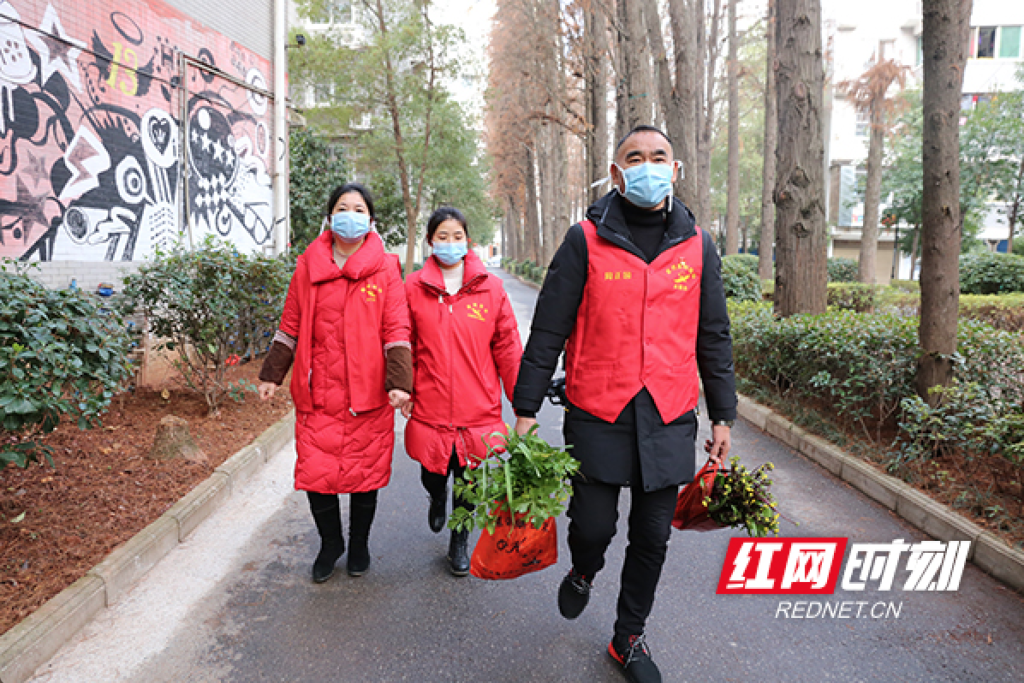
The current remarkable surge in inflation is considered to be a nearly global phenomena (Reinhart and Lucker 2022), affecting both developed and developing nations. While there may be common drivers of inflation, such as factors associated with the Covid-19 pandemic followed by Russia’s invasion of Ukraine, there are considerable variations in the causes of it, especially with reference to developing countries, including Albania. Drawing on Kalecki’s (1976) Essays on Developing Economies, I argue that there are also domestic factors attributed to the increase in inflation that resides in the structural sectoral imbalances of the Albanian economy.
Rising prices in Albania sparked protests across the country in March 2022. The protests highlighted the rise in food prices which increased by more than 9% compared to March in the previous year; with the price of bread being the main contributor to such increase. With Albanians spending more than 42% of their total budget on food, rising prices of ‘necessities’ adds more pressure to the poor households to make ends meet. Nearly a quarter of Albanians, 640,000 people, already live in poverty (Kote 2022) and soaring prices in the economy could push people further into poverty. But what is pushing food prices to soar in a country where agricultural land accounts for 24% of overall land, a good Mediterranean climate, and water resources, all of which are crucial for agricultural development? Despite these favourable conditions, the productive capacity of Albania’s agriculture sector to meet domestic demand for food and feed meets is only one third (World Bank, 2022a).
Read More »



